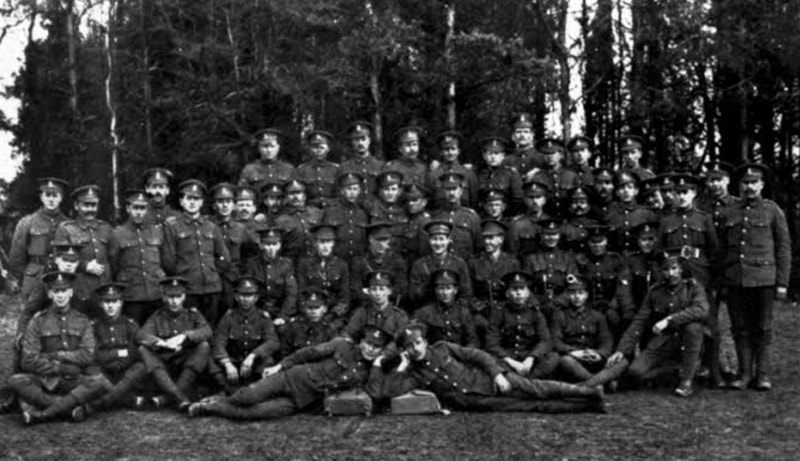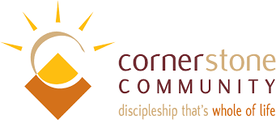 The bronze sculpture of Private John Simpson and his donkey carrying a wounded Digger to safety, stands sentinel at the entrance to the Australian War Memorial in Canberra. It’s probably Gallipoli’s most poignant symbol of heroism and mateship. That image of Simpson laying down his life for a friend, has been a vital part of the mythology told to Australian school children every ANZAC Day. It makes self-sacrifice larger than the story of war itself. Many may not know it echoes the story of the Good Samaritan that Jesus devised to illustrate the heart of true humanity. He took it a step beyond mateship. His hero was a Samaritan – not a mate, but a despised cultural enemy. Jesus deliberately chose to picture a foreigner using his donkey to rescue the victim of a gang-bashing, left lying on a lonely stretch of road. It was the man’s need he saw, not his creed. It’s been such a potent story, the phrase ‘good Samaritan’ has become a common way to describe anyone doing a good deed. When embedded with the ANZACS at the front, Australian war correspondent Charles Bean penned a moving firsthand account that made Simpson one of the enduring legends of Gallipoli.
Everybody knew the man with the donkeys and everybody knew that if ever a man deserved honour in this war, it was he…You cannot hurry a donkey very much, however close the shells may burst and he had absolutely come to disregard bullets and shrapnel. In June 1915, further along the Peninsula, an unexpected scenario was unfolding. The Australian Second Brigade had been summoned to carry through an attack on the village of Krithia, where the British troops had earlier failed to achieve their target. Raw young ANZACS were rushed into a poorly conceived frontal attack that called for them to advance across 4km of open ground in broad daylight, into the teeth of murderous machine gun and rifle fire. Someone said cryptically that the General in charge was, ‘unerring in his failure.’ In just a few hours his stupidity cost the lives of over a thousand young men for no strategic gain. Charles Bean was appalled and angry at the chaotic level of command he witnessed. Because no stretcher bearers were available, the correspondent moved around under cover of dark doing what he could for the boys left lying in agony on the battlefield. He won undying admiration from the troops. Then, at that critical moment, an unlikely band of ‘Simpsons’ arrived on the Krithia killing-field – The Zion Mule Corps. Based in Egypt, it was mostly composed of Jewish refugees who had first fled to Palestine from waves of brutal pogroms in the late 19th century in Russia and more recently, been driven from the Holy Land by the Turks. They volunteered to form a transport corps as a pathway to recovering their ancient homeland in Palestine. Their Commander was an Irishman, Colonel J H Patterson who, as a young man, had devoured all that was to be known of Jewish military and religious history from the Bible. He drew spiritual inspiration from leaders like Joshua and Gideon. Many of the muleteers were educated, professional people - students, teachers, lawyers. They brought 20 horses and 750 pack mules with them to the Peninsula. The Colonel recalled the landing; 'These brave lads who had never seen shellfire before, most competently unloaded the boats and handled the mules whilst shells were bursting in close proximity to them ... nor were they in any way discouraged when they had to plod their way to Seddul Bahr, walking over dead bodies while the bullets flew around them ... for two days and two nights we marched .... thanks to the ZMC the 29th Division did not meet with a sad fate, for the ZMC were the only Army Service Corps in that part of Gallipoli at that time'. It’s a mostly forgotten story that this volunteer Corps - made up of men not drawn from the British Empire - was the only transport available and they carried a stream of wounded and dying Australians and New Zealanders back for medical care. In spite of the drastic deterioration of the battle front at Gallipoli through May, June and July 1915, the ZMC doggedly continued its dangerous and difficult task. Patterson received dozens of letters from senior officers testifying to the excellent and fearless work of his band of ‘Simpsons.’ The Zion Mule Corps was the first independent Jewish fighting force to take an active part in a war since the destruction of the Jerusalem Temple by the Romans in 70 A D. Many of the men involved later formed what was to become the core of the modern Israeli army. In January 1916, as the Gallipoli peninsula was being evacuated, the Jewish muleteers said prayers at the graves of their dead comrades and then sadly, slashed the throats of their mules, and left. It's said that Colonel Patterson was the only British officer in World War One to receive no promotion at all - a result of his outspoken efforts on behalf of the Jewish People. He’s been called, “The Christian godfather of the Israeli Army.” Someone else commented, “Never in Jewish history has there been in our midst a Christian friend of his penetration and devotion.” As a mark of the esteem for a man they noted for his gentleness and courtesy, the ashes of the ZMC Commander and his wife were eventually buried in Israel, close to the men he served beside at Gallipoli. There’s every good reason to tell the story of John Patterson and his Zion Mule Corps alongside John Simpson’s, as the heroic effort of ‘good Samaritans’ in ANZAC history. We owe them that much.
2 Comments
Bronwyn Dubber
4/25/2024 01:10:10 pm
This story was probably tucked away because of anti semitism in the British Empire.
Reply
Bronwyn. Thanks for your response. Reading Charles Bean’s biography tells you there was an enormous amount of censorship and it frustrated him in his wish to relay the events of war as accurately as he wanted. The battles were so intense and brutal and chaos everywhere so it was difficult to cover everything.
Reply
Leave a Reply. |
AuthorJoin The Outback Historian, Paul Roe, on an unforgettable journey into Australia's Past as he follows the footprints of the Master Storyteller and uncovers unknown treasures of the nation. Archives
October 2023
Categories
All
|
|
Sponsored by
|
Privacy Policy
|
|
Copyright 2020 by The Outback Historian
|
Site powered by ABRACADABRA Learning
|



 RSS Feed
RSS Feed

